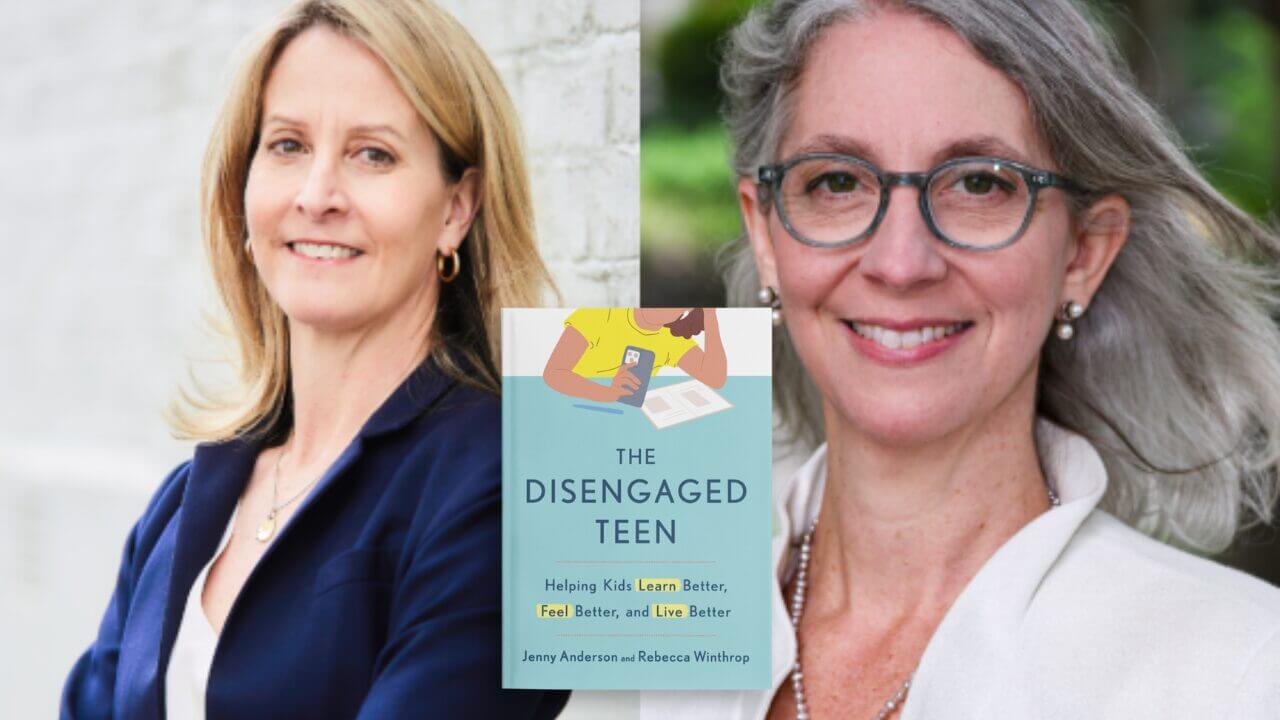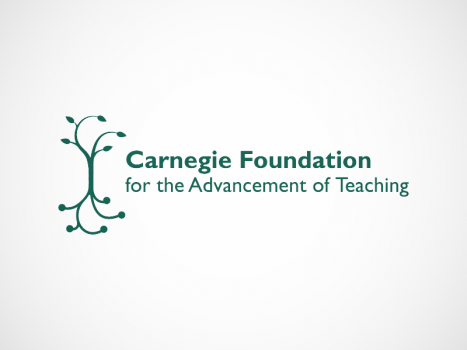If you earned a high school diploma, or a certificate from a technical school, or any degree from any college or university in the United States, you served your time. You probably received grades for your performance, passed a variety of tests and exams, and hopefully learned something useful. But one thing is nearly certain: your progress through school or college was measured by the Carnegie Unit.
More commonly known in higher education as the “credit hour,” the Carnegie Unit is the standard time-based metric of student progress used by almost every K-12 and higher education system in the nation. The number of units and credits is not the same everywhere but the formula is simply and routinely applied: a certain number of hours equal a unit, a certain number of units equal a credit, and a certain number of credits produce some sort of credential or degree. The problem is that, while the universal and portable hour may make for a more efficient system, the unit also promotes the false perception that time equals learning, in the same way for all students. This was never the intent when the Carnegie Unit was first created, more than a hundred years ago.
The Carnegie Unit began with the Carnegie Foundation for the Advancement of Teaching, as part of Andrew Carnegie’s plan to establish a free pension system for college faculty. Carnegie’s $10 million pension investment was a lot in 1906, but still not enough to cover the faculty (and spouses) of every college in the nation. Eligibility requirements to participate in the pension fund emerged quickly: institutions had to have at least six full-time faculty, a four-year program of study, and admission standards. Borrowing from other efforts to standardize high school curricula and college entrance requirements, the Foundation defined the standard for high school as a minimum of 14 units, with each unit representing 120 hours of classroom study. This standard unit, “the Carnegie Unit”, spread fast and far and is
now an ever-present and defining element of our educational systems.
The Carnegie Foundation has this year embarked on an initiative to revisit the Carnegie Unit. We are exploring whether the Unit, with its current focus on the amount of time students spend in classes with teachers or professors—known in the education field as “seat time”— should be replaced with a different metric, or set of metrics, that might tell us more about how much student are learning in secondary and higher education. Past presidents of the Foundation have considered this shift for decades, remarking on the Unit’s unintended uses and consequences. In 1993, for example, then President Ernest Boyer called the Carnegie Unit “obsolete” and said the time had come to “bury” it once and for all.
Today, we have communication technologies that were inconceivable when Boyer was writing. We can deliver information anywhere, anytime, and to nearly anyone. We can personalize instructional materials, teaching tools, and assessments. MOOCs, and other online courses that are slightly less massive and less open, may not be the future of education but they are surely an example of how education is fast becoming more accessible, portable, and asynchronous. Measuring student learning by “seat time” in this new educational era most certainly seems obsolete.
Measuring student learning by “seat time” in this new educational era most certainly seems obsolete.
But it’s far simpler to agree that time is an insufficient measure of learning than it is to conceive a better one. The implications of revising the Carnegie Unit are enormous for the nation’s 4,000-plus higher education institutions, which rely on the credit hour to calculate student financial aid, determine faculty work load and compensation, grant student credentials, and more. K-12 is no less tethered to time, which drives the calendars, instructional plans, testing schedules, and teacher work contracts of the nation’s roughly 100,000 public schools.
There are many initiatives underway in both K-12 and higher education that challenge the traditional Carnegie Unit under the banners of “competency-based,” “mastery-based,” and “proficiency-based” education. New Hampshire cast the Carnegie Unit aside several years ago in favor of requiring students to meet competency requirements in each course (which are now being aligned with the new Common Core State Standards). In that same state, Southern New Hampshire University’s College for America program has no courses and no time requirements; instead, it has designed its curriculum around student mastery of subject-specific competencies, which can happen as quickly or slowly as students like (it costs $2,500 for an all-you-can-learn year).
And New Hampshire is far from alone. Our announcement that we’re revisiting the Carnegie Unit generated a flood of interest from university systems and states and districts from around the country wanting to share how they are changing or looking to change the way they measure student learning. But they are still not the norm, and there are still big unanswered questions about what measures will work best, for whom, and under what conditions.
May 3, 2013
In the Pathways, Carnegie is testing a set of strategies to help students persist and succeed academically. This report examines this kind of persistence, called Productive Persistence, which is addressing the alarming student failure rates.
May 31, 2013
Districts are dedicating increasing human and financial resources to teacher evaluations, but finding enough time remains an issue. Three major trends have emerged as differentiation has become an increasingly popular option.







